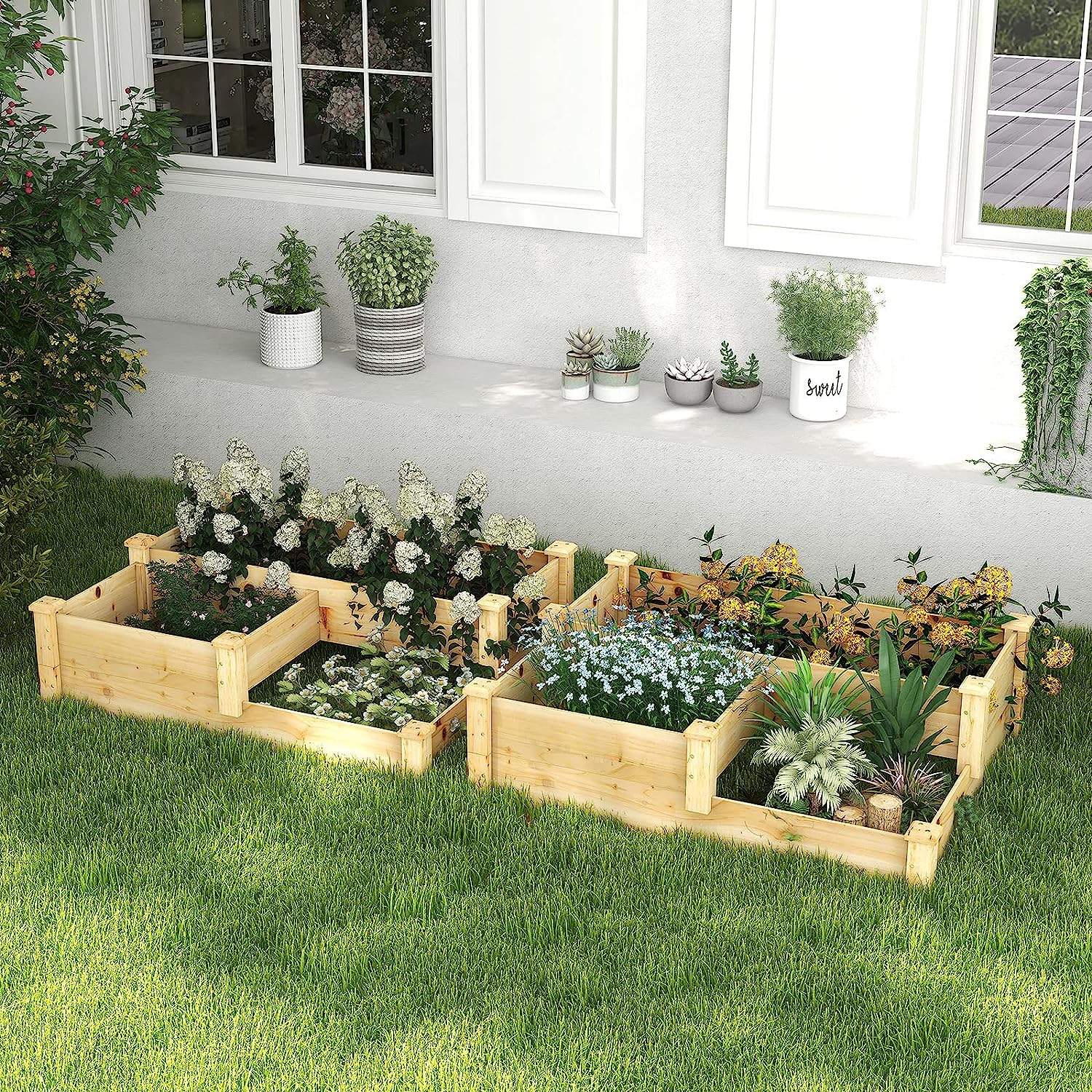

Articles
What To Plant In Planter Boxes
Modified: January 19, 2024
Looking to start a garden? Discover the best plants to grow in planter boxes and create a flourishing garden in any space.
(Many of the links in this article redirect to a specific reviewed product. Your purchase of these products through affiliate links helps to generate commission for Storables.com, at no extra cost. Learn more)
Introduction
Welcome to the world of planter boxes! These versatile containers offer a great solution for adding greenery and charm to any space, whether you have a spacious garden or a small balcony. With a planter box, you can create your own little garden oasis, filled with beautiful flowers, aromatic herbs, or even delicious vegetables and fruits.
Choosing the right plants for your planter box is essential, and we’re here to guide you through the process. In this article, we’ll explore a variety of options, from colorful flowers to fresh herbs, and even tasty vegetables and fruits that can thrive in planter boxes.
Before diving into the plant options, it’s important to consider a few key factors. The size and location of your planter box will play a significant role in determining the types of plants you can grow. Additionally, the amount of sunlight, water, and maintenance required by different plants should be taken into account. By understanding your specific needs and limitations, you can make informed decisions and maximize the success of your planter box garden.
Now let’s explore the exciting world of plants for planter boxes. Whether you’re aiming to create a colorful floral display, add fresh flavors to your meals, or even harvest your own mini crop, there’s something for everyone in these versatile containers. So, let’s get started!
Key Takeaways:
- Create a vibrant planter box garden with flowers, herbs, vegetables, and fruits. Carefully consider plant needs, maintain regularly, and enjoy the beauty and flavors of your own mini oasis.
- Planter boxes offer a versatile solution for gardening in any space. Choose the right plants, provide proper care, and embrace the joy of growing your own greenery, flavors, and harvests.
Read more: How To Fill Planter Boxes
Choosing the Right Planter Box
When it comes to selecting a planter box, there are a few key factors to consider. These factors will help determine the size, material, and style that best suits your needs:
- Size: The size of your planter box will depend on the available space and the plants you wish to grow. Consider the dimensions of the area where you plan to place the box and choose a size that provides enough room for the plants to grow and flourish.
- Material: Planter boxes come in a variety of materials, such as wood, plastic, metal, and ceramic. Each material has its own advantages and disadvantages. Wooden boxes offer a natural and rustic look, while plastic boxes are lightweight and durable. Metal boxes can add a modern touch to your space, and ceramic boxes can provide an elegant and decorative element.
- Drainage: Proper drainage is essential for the health of your plants. Look for planter boxes that have drainage holes or the option to add them. This will prevent water from pooling at the bottom and causing root rot.
- Mobility: If you want the flexibility to move your planter box around, consider choosing one with wheels or a lightweight design. This will make it easier to rearrange your garden or move the box to a sunnier or shadier spot as needed.
- Style: Planter boxes come in various styles, from classic to contemporary. Consider the overall aesthetic of your space and choose a box that complements it. Whether you prefer a sleek and modern design or a more traditional look, there is a planter box style to suit every taste.
By carefully considering these factors, you can choose a planter box that not only fits your space but also provides the ideal conditions for your plants to grow and thrive. Once you have selected the perfect planter box, you can move on to selecting the plants that will bring life and beauty to your garden.
Factors to Consider Before Planting
Before you start planting in your planter box, there are a few important factors to consider. These factors will ensure that your plants have the best chance of thriving and growing beautifully:
- Sunlight: Different plants require different levels of sunlight. Before choosing the plants for your planter box, assess the amount of sunlight the area receives throughout the day. Some plants thrive in full sun, while others prefer partial shade or even full shade. Select plants that match the sunlight conditions of your specific location.
- Watering Needs: Understanding the watering needs of your chosen plants is crucial for their survival. Some plants, like succulents, prefer dry conditions and should be watered sparingly. Others, such as flowering annuals, may require regular watering to keep them healthy. Consider the frequency and amount of water your plants will need and plan your watering schedule accordingly.
- Climate: Take into account the climate of your region when selecting plants for your planter box. Some plants are more suited to cooler temperatures, while others thrive in hot and humid conditions. Make sure the plants you choose can withstand the climate fluctuations and weather patterns of your area.
- Soil Quality: The quality of the soil in your planter box is vital for plant growth. Choose a high-quality potting mix that provides good drainage and is rich in nutrients. Avoid using regular garden soil, as it may become compacted and hinder plant growth. If necessary, consider adding organic matter or compost to improve the soil structure.
- Plant Compatibility: When selecting multiple plants for your planter box, ensure they are compatible in terms of their growth requirements. Grouping plants with similar water and sunlight needs together will make it easier to maintain and care for them. Avoid combining plants that have contrasting needs, as this can lead to one plant outcompeting the others or suffering from inadequate conditions.
- Maintenance: Consider the amount of time and effort you are willing to invest in maintaining your planter box garden. Some plants require frequent pruning, deadheading, or fertilizing, while others are low-maintenance and simply need regular watering. Choose plants that align with your preferred level of maintenance.
By carefully considering these factors, you can ensure that your planter box garden is set up for success. Understanding the specific needs and requirements of your chosen plants will help you create a thriving and beautiful garden that brings joy and beauty to your space.
Flowers for Planter Boxes
There’s nothing quite like the beauty and fragrance of flowers to enhance the charm of your planter box garden. Whether you prefer vibrant blooms or delicate petals, there are numerous flower options that are well-suited for planting in planter boxes. Here are some popular choices:
- Petunias: Petunias are versatile and come in a variety of colors. They are known for their ability to bloom abundantly throughout the season, adding a splash of vibrant color to your planter box.
- Marigolds: Marigolds are easy to grow and have vibrant, golden-orange blooms. They not only add a pop of color but also have pest-repellent properties, making them a great addition to any planter box garden.
- Geraniums: Geraniums are popular for their vibrant and showy flower heads. They come in various colors and are known for their ability to attract pollinators like bees and butterflies.
- Impatiens: Impatiens thrive in shade and bring bright colors to areas with limited sunlight. They are available in different shades of red, pink, orange, and white, making them a fantastic choice for shaded planter boxes.
- Pansies: Pansies are known for their charming “faces” and come in a wide array of colors. They are cold-hardy and can bloom throughout the year, making them a popular choice for planter boxes in cooler climates.
- Verbena: Verbena produces clusters of small, vibrant flowers in shades of purple, pink, red, and white. They are drought-tolerant and can tolerate heat, making them a resilient choice for your planter box garden.
- Daisies: Daisies are classic flowers that never go out of style. With their simple yet elegant appearance, daisies can brighten up any planter box with their white, yellow, or pink petals.
These are just a few examples of the many flowers that can thrive in planter boxes. When selecting flowers, consider their growth habits, sunlight and water requirements, and compatibility with other plants in your box. By choosing a mix of annuals and perennials, you can create a blooming paradise that will bring joy and beauty to your space all season long.
Herbs for Planter Boxes
Planting herbs in your planter box not only adds a touch of greenery but also provides you with fresh flavors to enhance your culinary adventures. Herbs are known for their aromatic leaves, which can be used in cooking, teas, or for their medicinal benefits. Here are some popular herbs that thrive in planter boxes:
- Basil: Basil is a versatile herb with a distinctive aroma and flavor. It comes in various varieties, including sweet basil, Thai basil, and lemon basil. Basil prefers full sun and must be regularly pruned to promote bushier growth.
- Chives: Chives are a hardy herb that grows well in planter boxes. The thin, onion-like leaves add a mild onion flavor to dishes. Chives prefer partial shade and require regular watering.
- Mint: Mint is a refreshing herb that grows vigorously, making it an excellent choice for planter boxes. It comes in different varieties such as spearmint and peppermint, each with its distinct flavor. Mint thrives in partially shaded areas and requires consistently moist soil.
- Parsley: Parsley is a versatile herb that adds freshness and vibrant green color to dishes. It grows well in planter boxes and prefers full sun to partial shade. Parsley requires regular watering to keep the soil moist.
- Rosemary: Rosemary is an aromatic herb with needle-like leaves and a distinct pine-like scent. It thrives in planter boxes and prefers full sun. Rosemary requires well-draining soil and should be watered sparingly.
- Thyme: Thyme is a popular herb known for its aromatic foliage and earthy flavor. It grows well in planter boxes and prefers full sun. Thyme is drought-tolerant and requires well-draining soil.
- Oregano: Oregano is a flavorful herb that adds a robust taste to dishes. It grows well in planter boxes and prefers full sun. Oregano requires well-draining soil and moderate watering.
These are just a few examples of the many herbs that can thrive in planter boxes. When planting herbs, ensure they have enough space for growth and that they are compatible in terms of sunlight and watering needs. Harvesting the fresh leaves from your planter box will not only elevate the flavors of your meals but also add a delightful aroma to your outdoor space.
Consider the size and location of your planter boxes when choosing what to plant. For small boxes, opt for herbs or small vegetables. For larger boxes, consider flowers or larger vegetables like tomatoes or peppers.
Read more: What To Fill Outdoor Planters With
Vegetables for Planter Boxes
Don’t let limited space discourage you from growing your own vegetables! Planter boxes can be an excellent alternative for cultivating a variety of vegetables, even if you don’t have a large garden. Here are some vegetables that are well-suited for planter boxes:
- Tomatoes: Tomatoes are a popular choice for planter boxes. Opt for compact and determinate varieties that don’t require extensive staking or trellising. Make sure to provide support as the plants grow, and provide ample sunlight and regular watering.
- Lettuce: Lettuce is a quick-growing vegetable that thrives in planter boxes. Choose leaf lettuce varieties that don’t form large heads, as these are more suitable for containers. Lettuce prefers partial shade and consistent moisture.
- Radishes: Radishes are fast-growing root vegetables that can be harvested in a short time. They are well-suited for planter boxes due to their compact size and shallow root system. Radishes prefer full sun and well-draining soil.
- Cucumbers: Cucumbers can be grown in planter boxes with proper support. Choose bushy or compact varieties and provide a trellis or cage for the vines to climb. Cucumbers require full sun, consistent watering, and well-draining soil.
- Peppers: Peppers, both bell peppers and chili peppers, can be successfully grown in planter boxes. Choose compact varieties that don’t grow too tall. Peppers prefer full sun and well-draining soil.
- Beans: Bush beans are an excellent choice for planter boxes as they don’t require trellising. Choose compact varieties that produce an abundant yield. Beans prefer full sun and regular watering.
- Carrots: Carrots can be grown in planter boxes with deep soil. Choose smaller varieties like round or baby carrots, as they require less space to grow. Carrots prefer loose soil and consistent moisture.
These are just a few examples of the vegetables that can thrive in planter boxes. When growing vegetables, ensure that the planter box size allows for sufficient root development and that the plants receive adequate sunlight and water. With proper care and attention, you can enjoy a bountiful harvest of fresh and homegrown vegetables right from your planter box garden.
Fruits for Planter Boxes
Imagine plucking fresh, juicy fruits directly from your planter boxes. It’s entirely possible! While fruits may require a bit more space and care than other plants, there are still some varieties that are well-suited for growing in planter boxes. Here are a few fruit options to consider:
- Strawberries: Strawberries are perfect for growing in planter boxes due to their compact size. Choose a hanging or cascading strawberry variety and make sure to provide ample sunlight and regular watering. You’ll be rewarded with delicious, homegrown strawberries.
- Blueberries: Blueberries can be grown in planter boxes with the right soil mix and acidity levels. Choose a dwarf variety that is suited for containers, and ensure they receive full sun or partial shade for optimal growth.
- Citrus Trees: Some dwarf citrus tree varieties can flourish in planter boxes. Consider lemon, lime, or calamondin trees, as they are well-suited for container cultivation. Provide them with a sunny location and regular watering.
- Dwarf Apples: Dwarf apple trees can be grown in larger planter boxes, provided they have sufficient soil depth for root growth. Look for dwarf apple tree varieties that are specifically bred for container cultivation. Regular pruning and appropriate watering are essential for their success.
- Fig Trees: Fig trees can thrive in planter boxes, especially smaller or dwarf varieties. They require well-draining soil, ample sunlight, and regular watering. Fig trees can be a beautiful addition to your patio or balcony garden.
- Raspberries: Some raspberry varieties, particularly those with a more compact growth habit, can be successfully grown in planter boxes. Choose a variety specifically bred for container cultivation and ensure they receive full sun and consistent watering.
While fruit-bearing plants do require more attention and care, the joy of harvesting your own homegrown fruits is truly rewarding. Keep in mind that fruit plants may have specific requirements regarding soil, sunlight, and water, so be sure to research the specific variety you plan to grow.
With proper care, attention, and a little bit of patience, you can enjoy the delights of freshly picked fruits from the comfort of your own planter box garden.
Tips for Maintaining Planter Box Plants
Maintaining your planter box plants is crucial for their long-term health and success. Here are some tips to help you keep your plants thriving:
- Watering: Ensure your plants receive adequate water. Monitor the moisture levels in the soil and water the plants whenever the top inch of soil feels dry to the touch. Avoid overwatering, as it can lead to root rot, and underwatering, which can cause the plants to wilt.
- Fertilizing: Planter box plants benefit from regular feeding. Use a slow-release fertilizer or liquid fertilizer specifically formulated for container plants. Follow the instructions on the fertilizer packaging and apply it according to the recommended schedule.
- Pruning: Regular pruning helps maintain the shape and health of your plants. Remove dead or yellowing leaves and snip off any overgrown or leggy stems. Pruning also encourages bushier growth and can prevent the plants from becoming too crowded.
- Pest Control: Keep an eye out for common pests like aphids, mealybugs, and spider mites. Regularly inspect your plants for signs of infestation, such as distorted leaves or sticky residue. Use organic or chemical pest control methods, depending on your preference, to prevent damage to your plants.
- Weed Control: Weed growth can compete with your plants for nutrients and space. Regularly inspect your planter box for weeds and remove them promptly. Adding a layer of mulch can also help prevent weed growth and conserve moisture in the soil.
- Monitor Sunlight: Ensure your planter box is placed in an area that receives adequate sunlight for the specific plants you are growing. Monitor the sun exposure and adjust the position of the planter box if needed. Some plants may require more shade, while others thrive in direct sunlight.
- Regular Inspections: Regularly inspect your plants for signs of stress, disease, or nutrient deficiencies. Check the leaves for discoloration, spots, or unusual growth patterns. Promptly address any issues to prevent them from spreading to other plants.
- Regular Harvesting: If you’re growing edible plants like herbs, vegetables, or fruits, harvest them regularly. Regular harvesting not only allows you to enjoy the fruits of your labor but also encourages continuous growth and prevents plants from becoming overgrown.
By following these maintenance tips, you can ensure that your planter box plants stay healthy, vibrant, and beautiful throughout the growing season. Regular care and attention will reward you with a flourishing garden that brings joy and beauty to your space.
Conclusion
Congratulations! You are now equipped with the knowledge and inspiration to create a stunning planter box garden filled with beautiful flowers, fragrant herbs, delicious vegetables, and even luscious fruits. Planter boxes offer a versatile and accessible solution for adding greenery and life to any space, regardless of size or location.
Remember to carefully choose the right planter box based on factors such as size, material, drainage, mobility, and style. Consider the specific needs of the plants you want to grow, including sunlight requirements, watering needs, climate suitability, soil quality, and plant compatibility.
Flowers can add bursts of vibrant colors and delightful fragrances to your planter box, creating a visual spectacle that uplifts your mood. Fresh herbs bring both flavor and aroma, allowing you to elevate your culinary adventures. Vegetables provide the satisfaction of growing your own produce, even in tight spaces. And fruits, though requiring more attention, offer the sweet reward of enjoying the fruits of your labor.
To keep your planter box plants flourishing, remember to provide adequate water, fertilize appropriately, prune regularly, control pests and weeds, monitor sunlight, and promptly address any issues that arise. Regular inspections and harvesting will keep your plants in their best health and ensure a beautiful and productive garden.
Whether you have a spacious garden, a small balcony, or just a sunny windowsill, planter boxes can bring the joy of gardening to your fingertips. So, get creative, experiment with different plant combinations, and enjoy the process of growing your own mini oasis.
Now it’s time to get your hands dirty, embrace the joy of gardening, and watch as your planter box garden flourishes, adding beauty, fragrance, and deliciousness to your space. Happy planting!
Frequently Asked Questions about What To Plant In Planter Boxes
Was this page helpful?
At Storables.com, we guarantee accurate and reliable information. Our content, validated by Expert Board Contributors, is crafted following stringent Editorial Policies. We're committed to providing you with well-researched, expert-backed insights for all your informational needs.
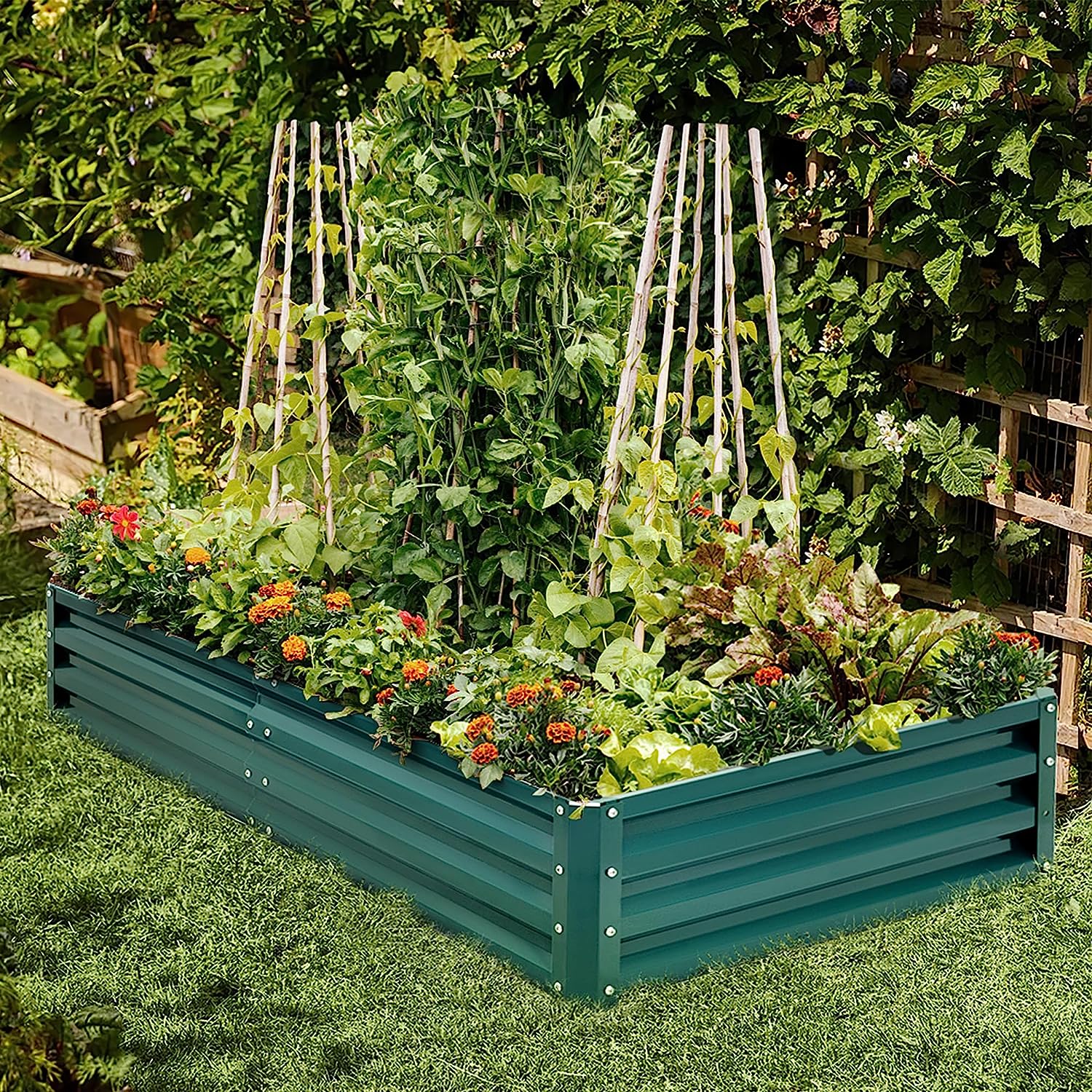
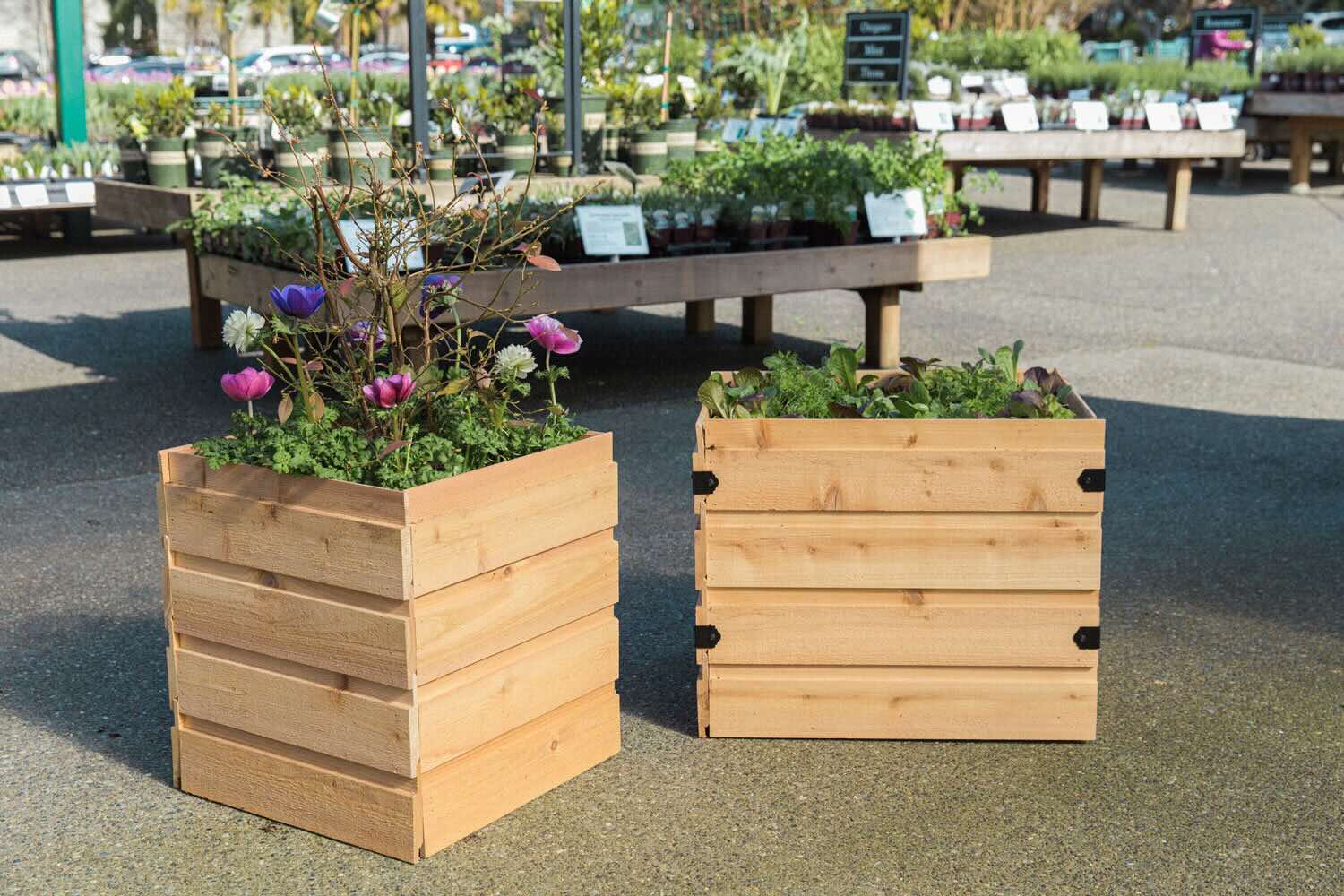
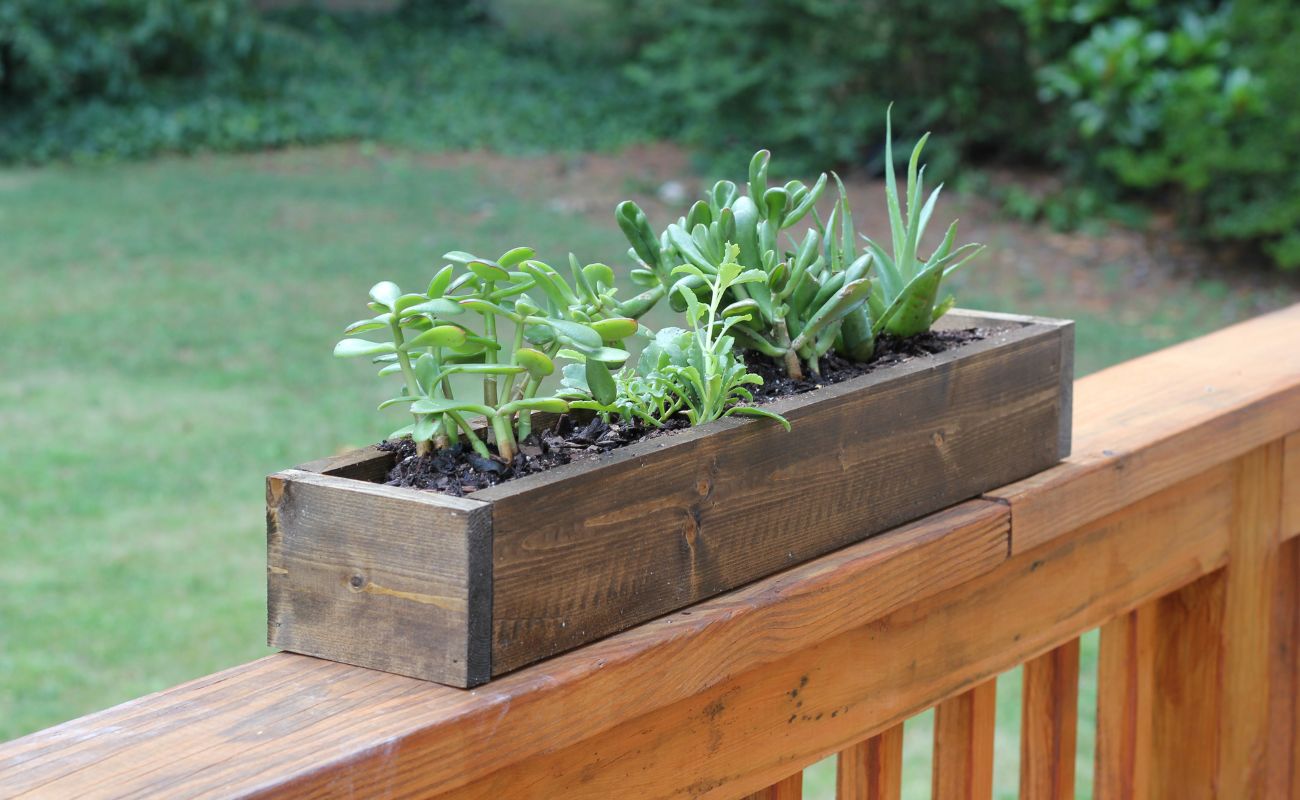
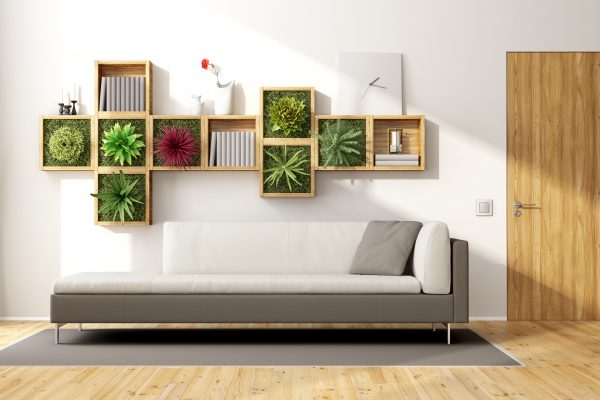
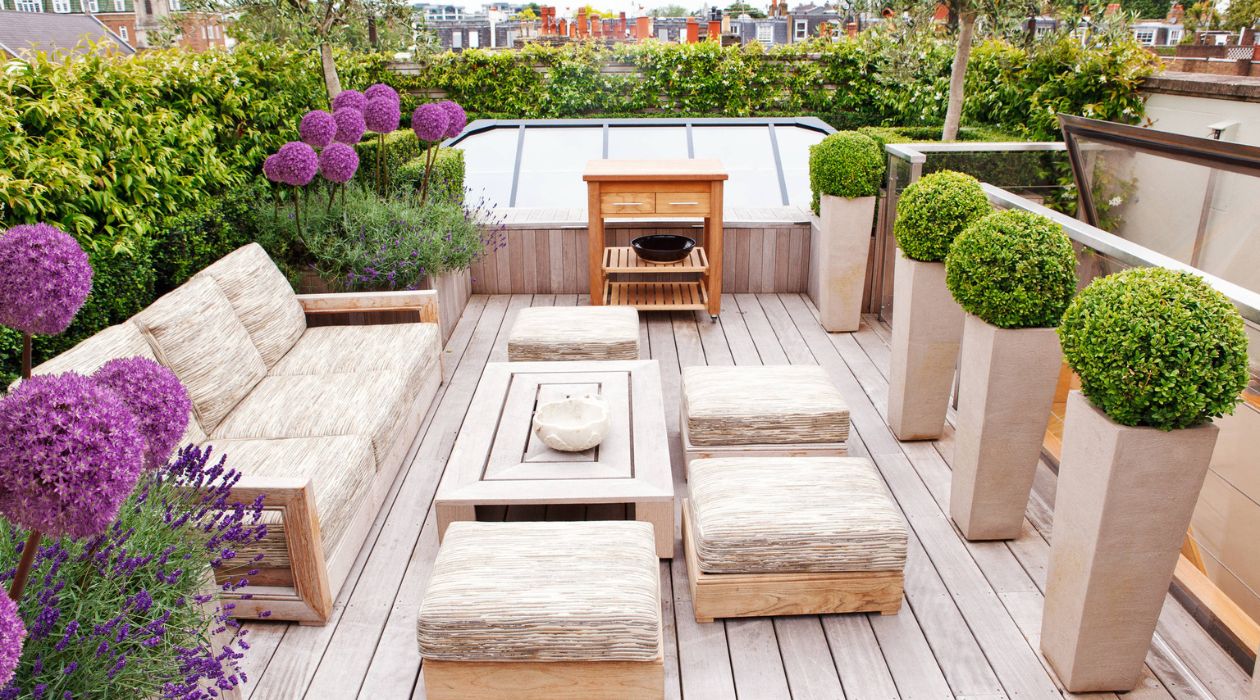
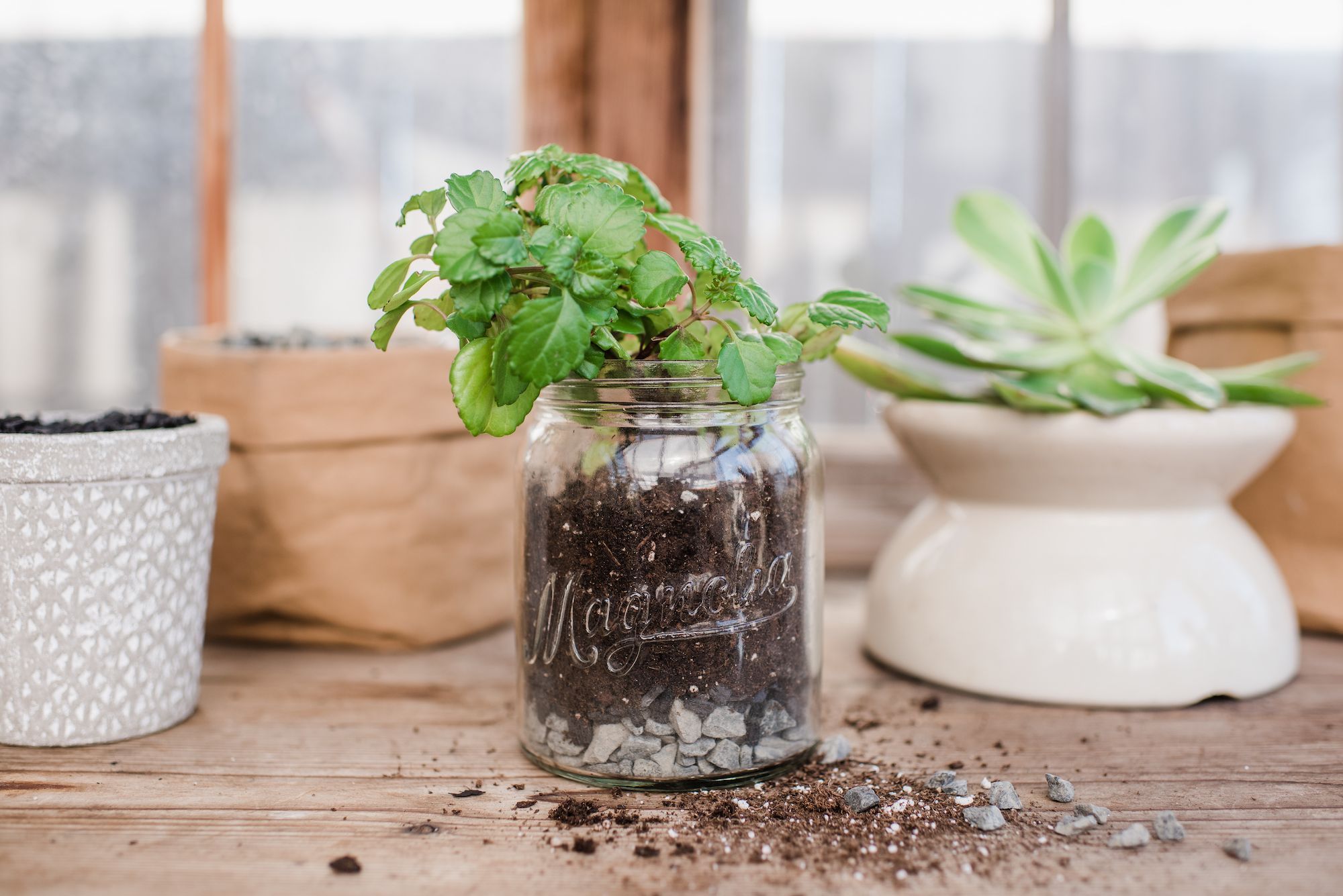
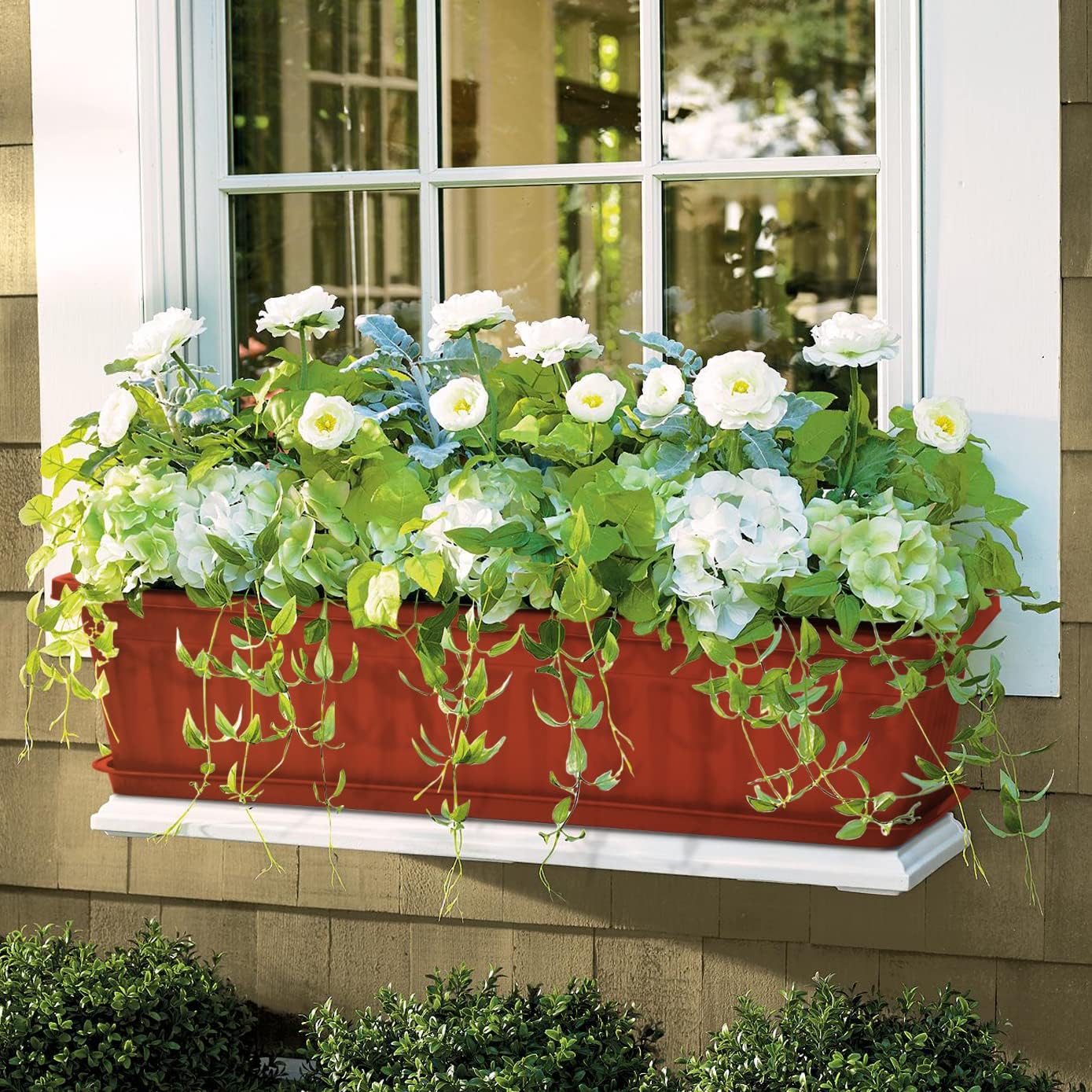
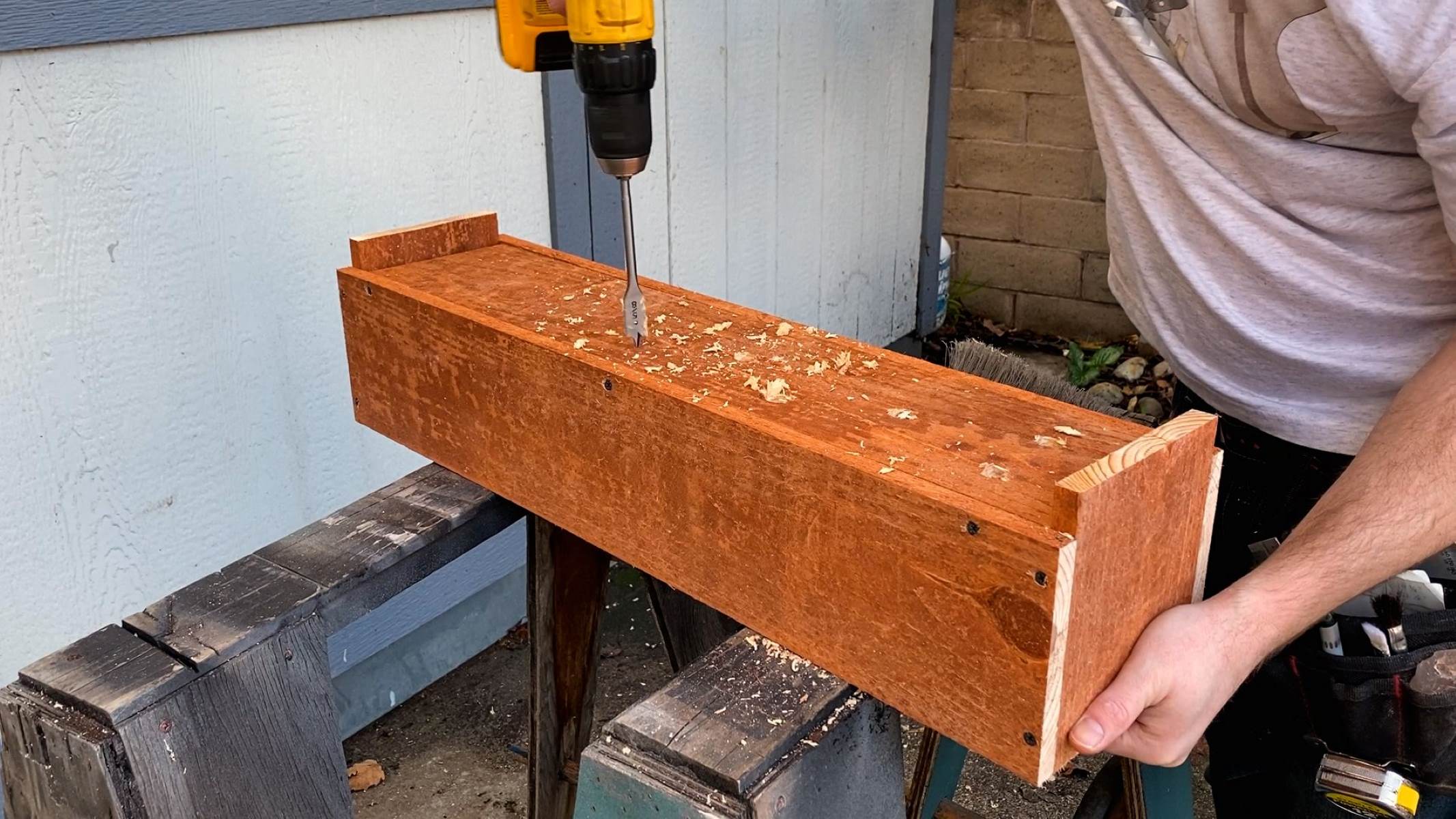
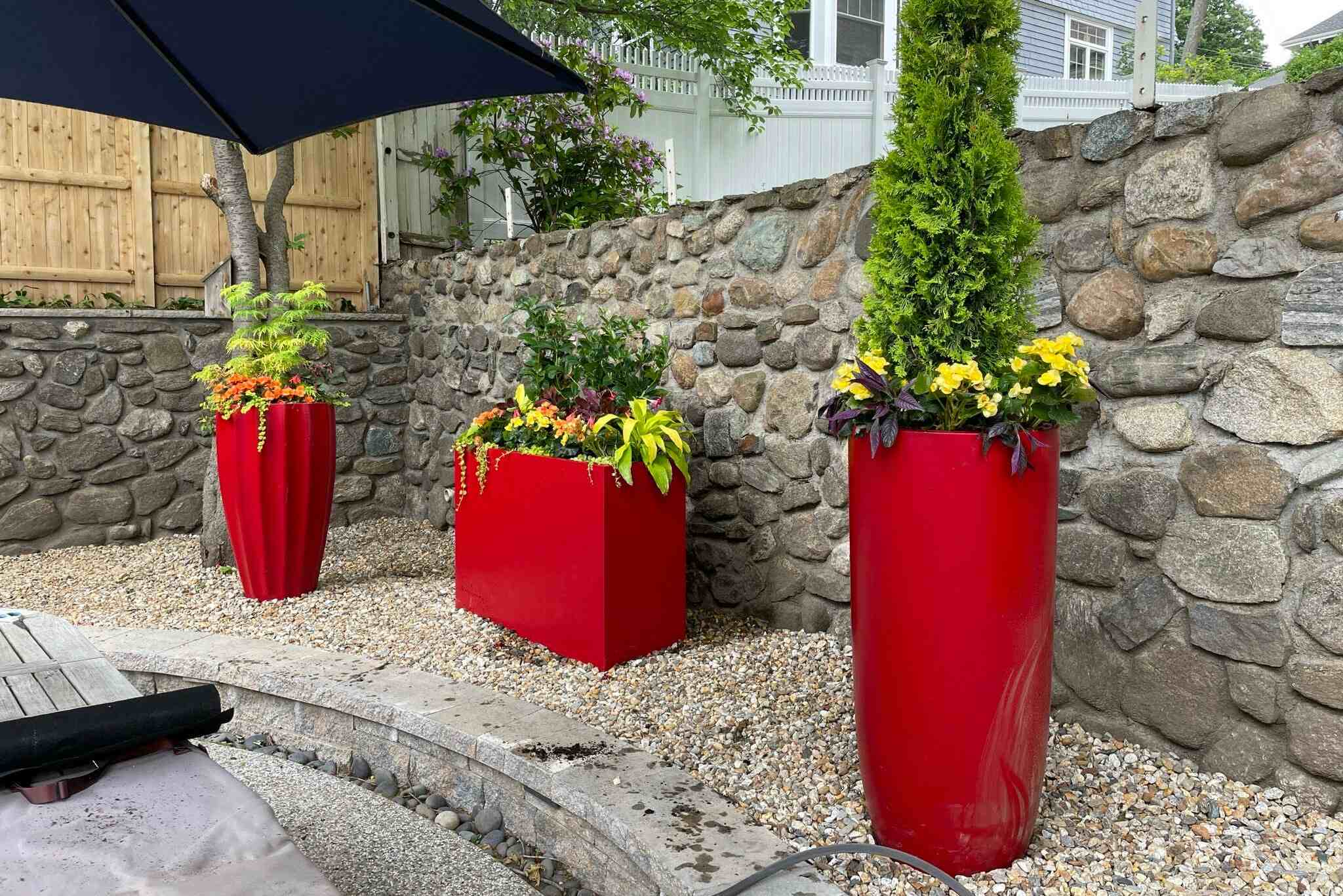
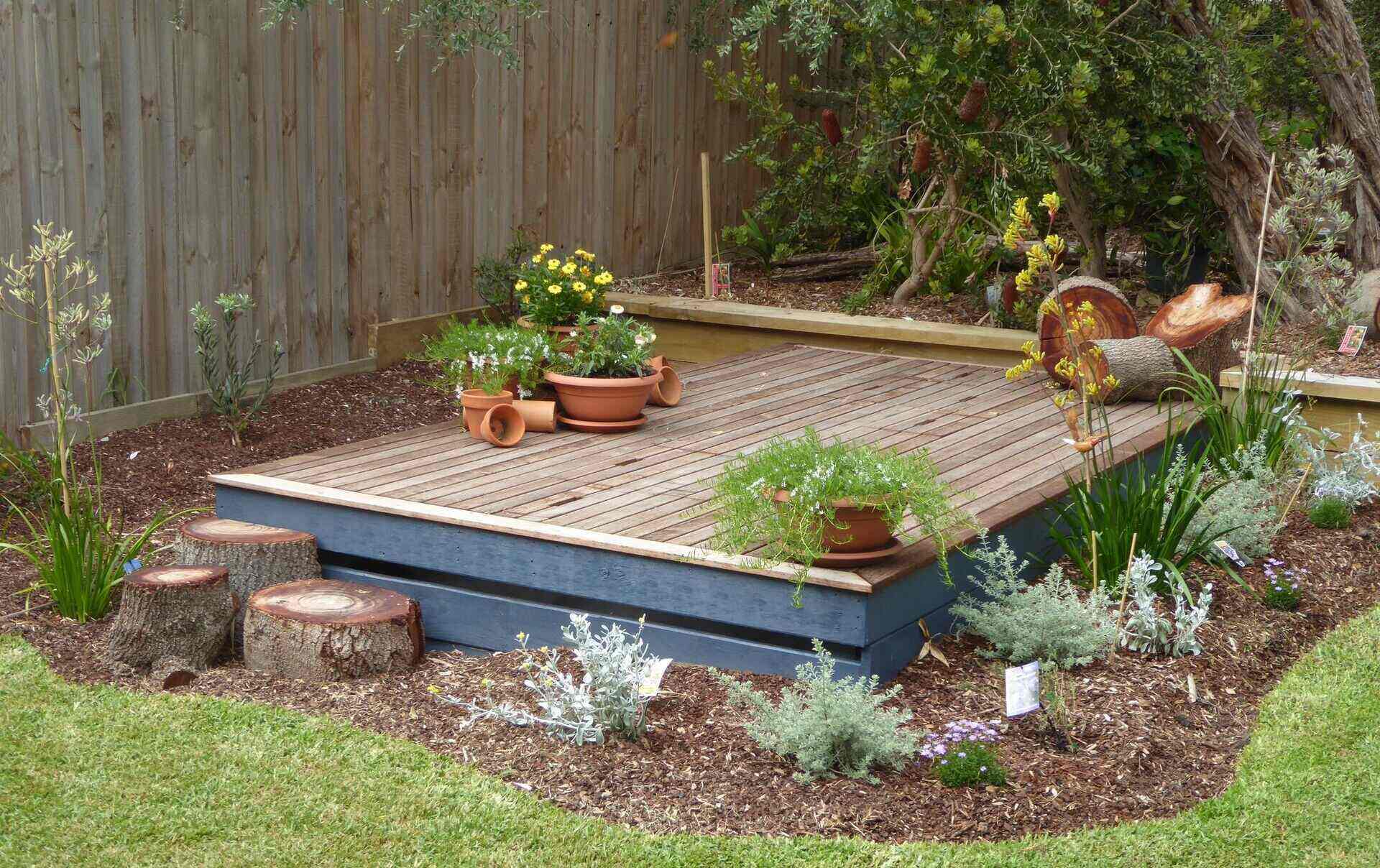
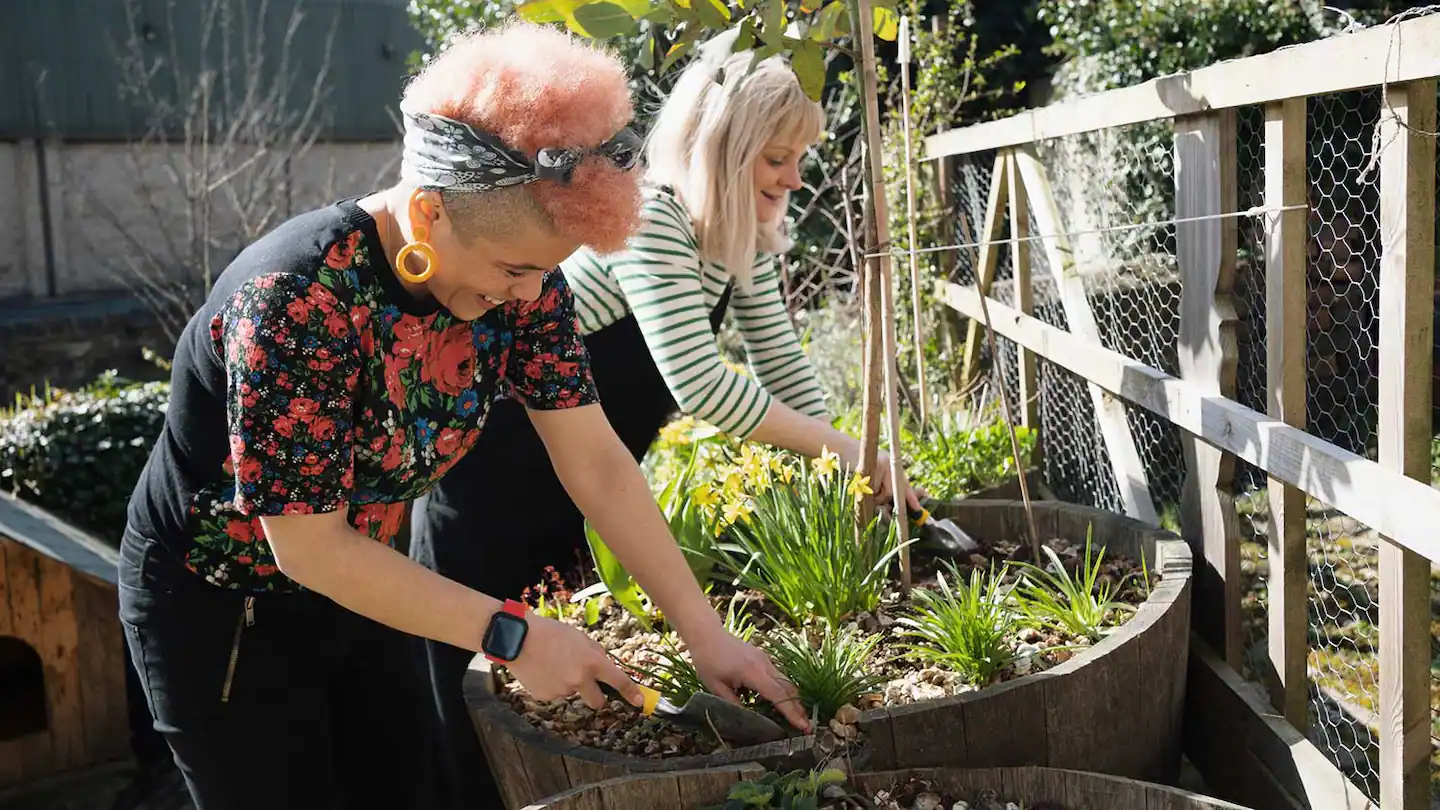
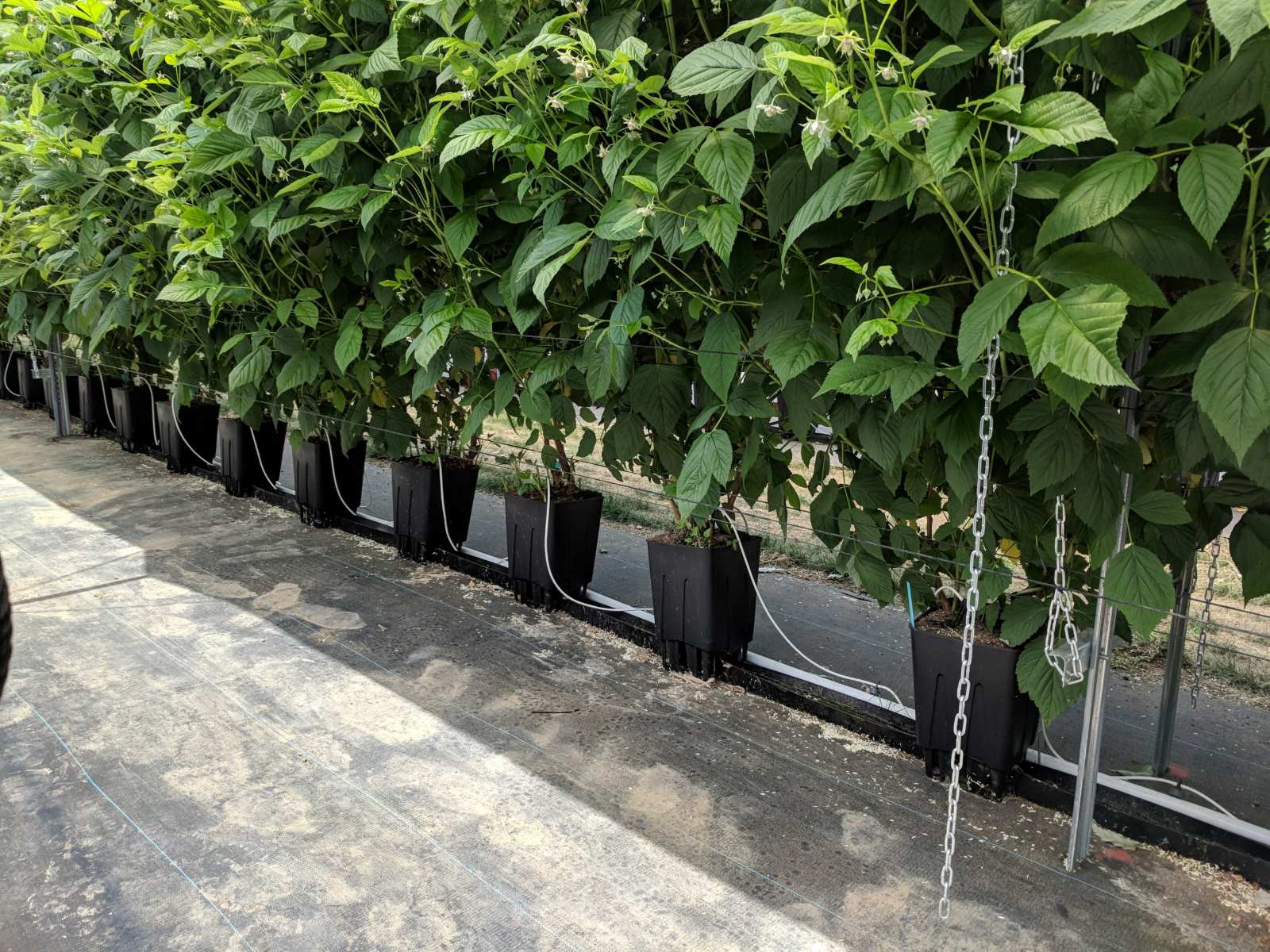
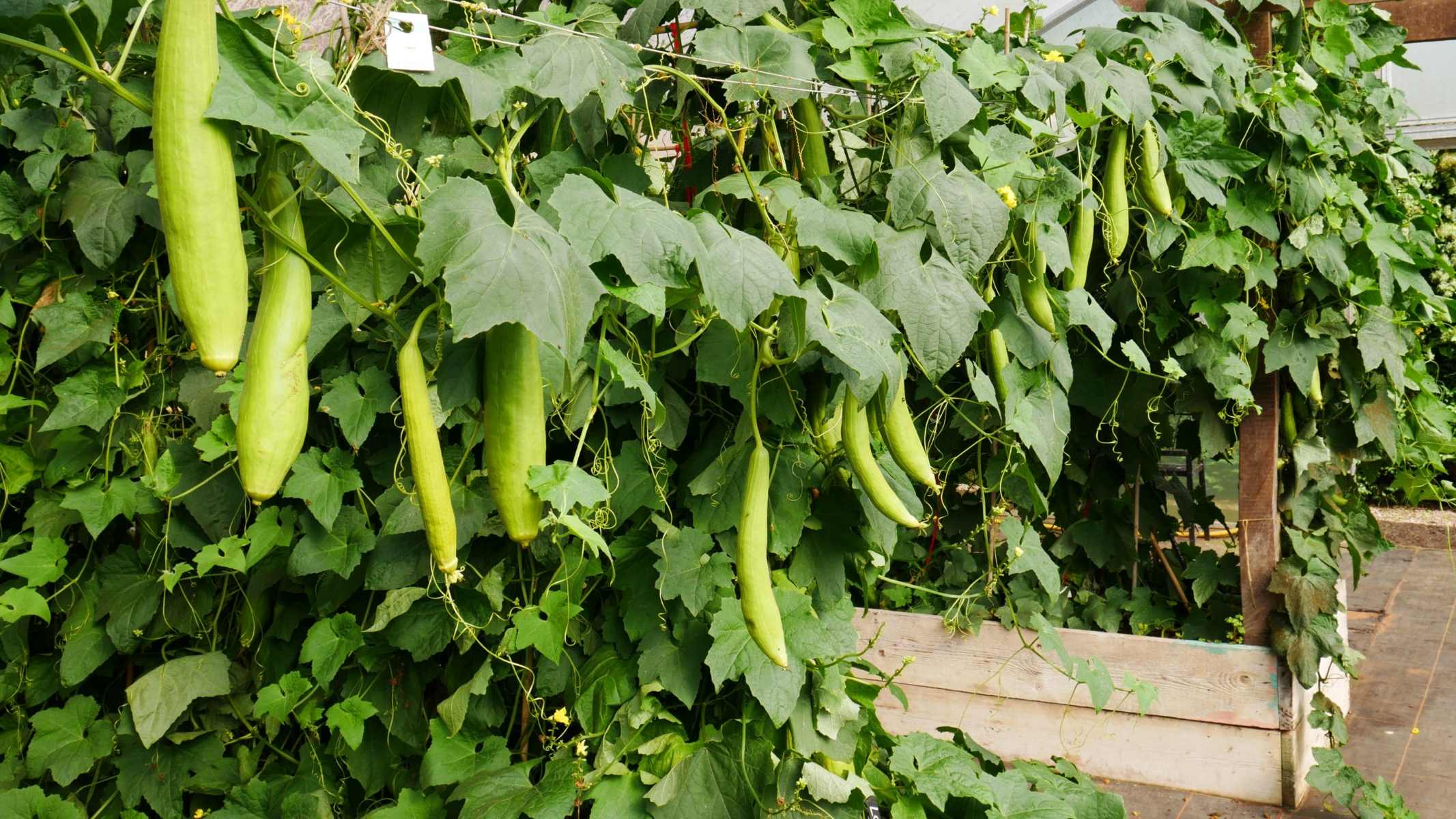
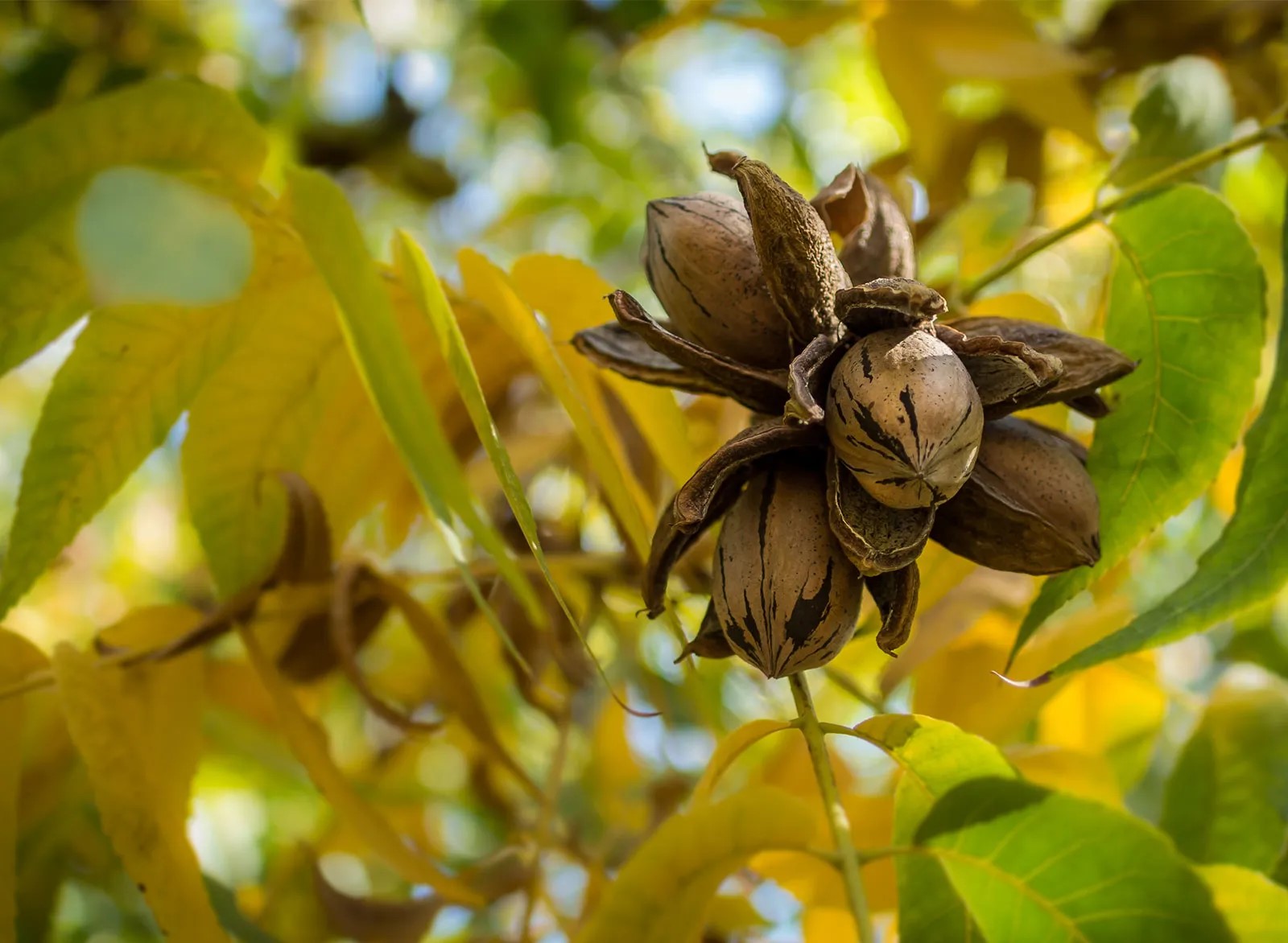

0 thoughts on “What To Plant In Planter Boxes”